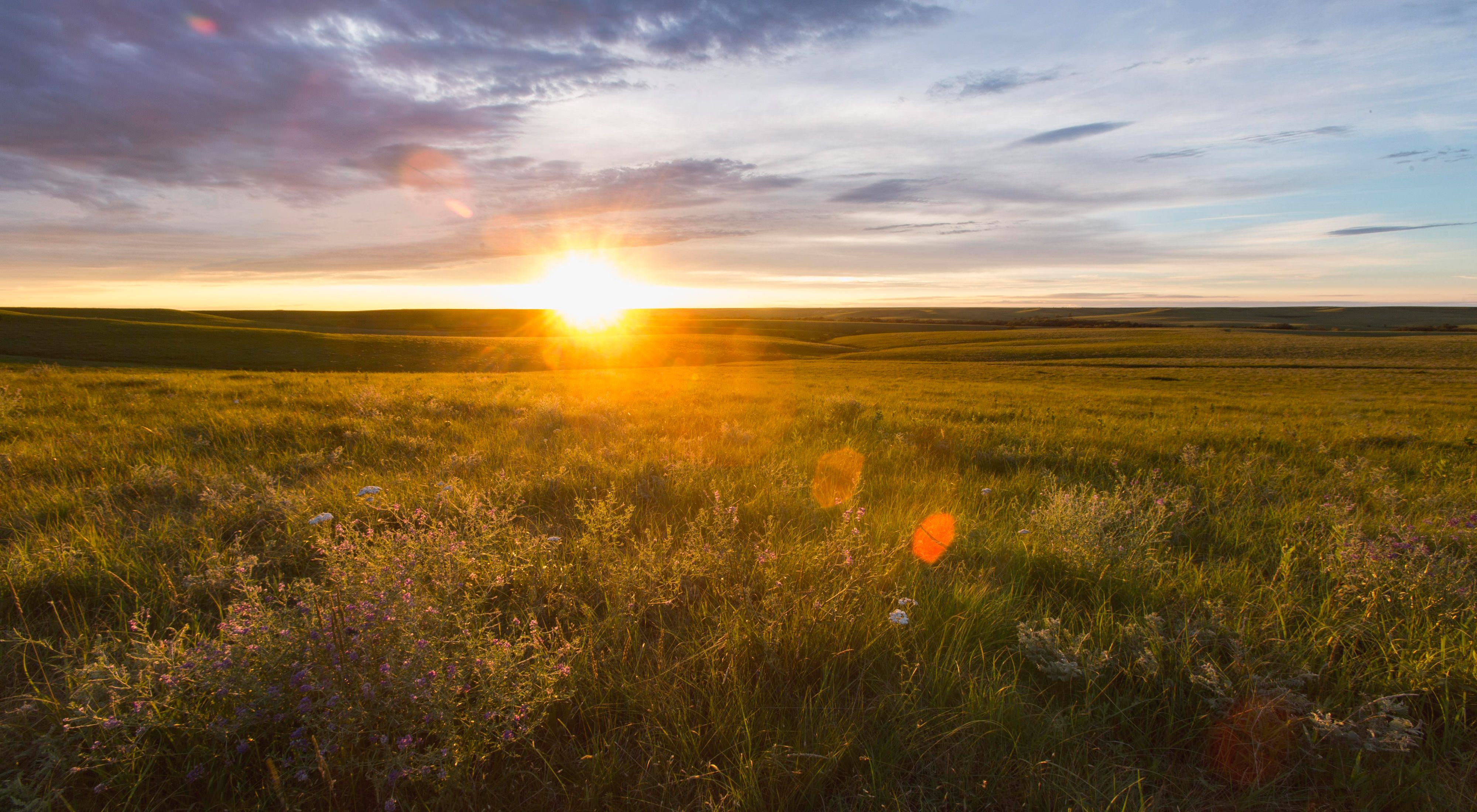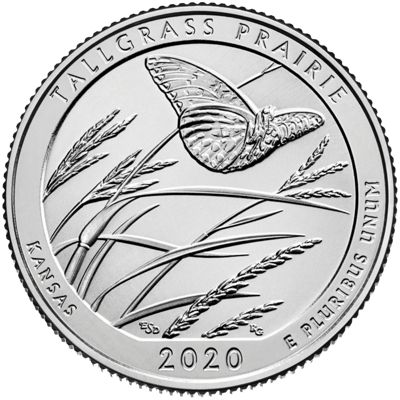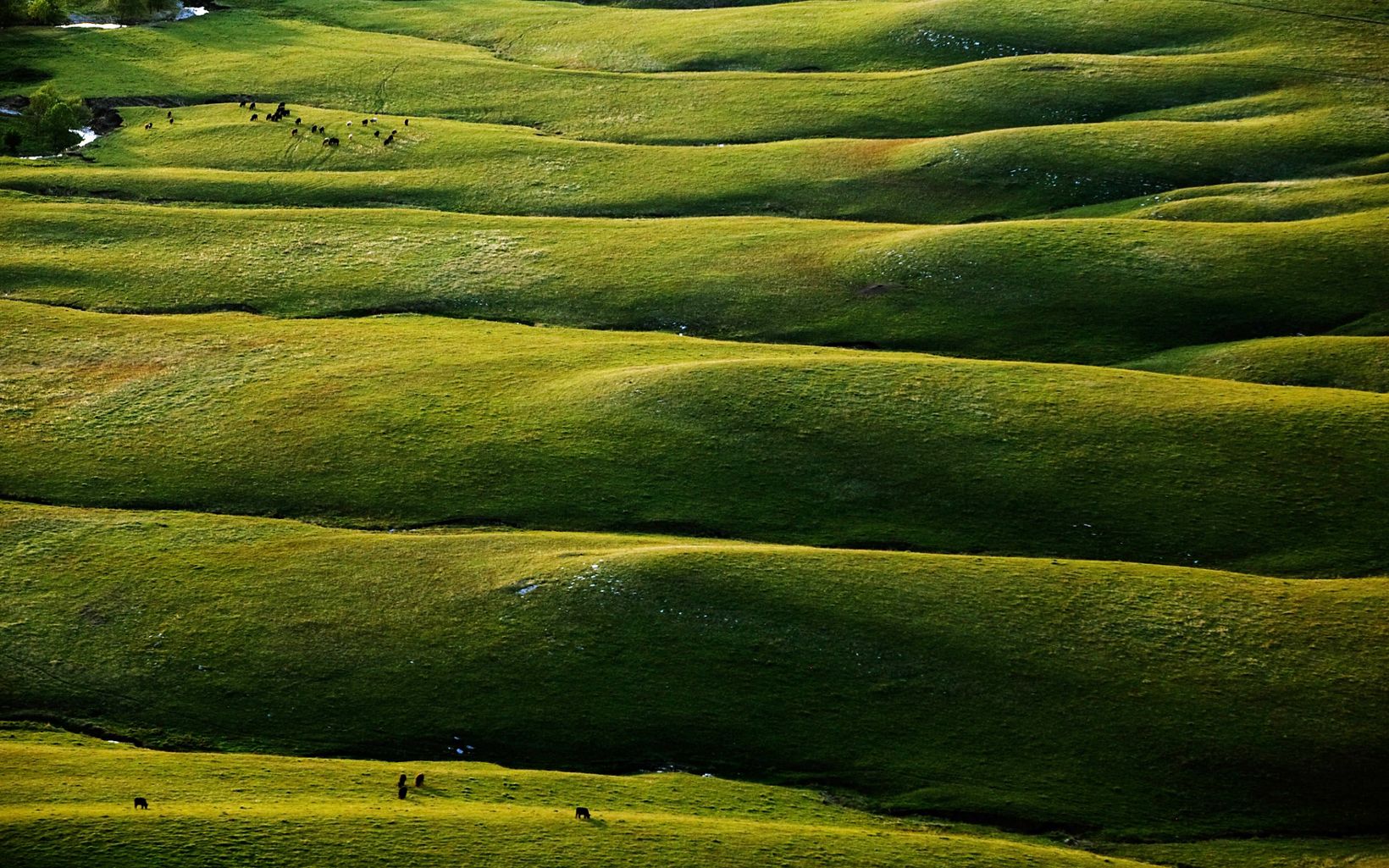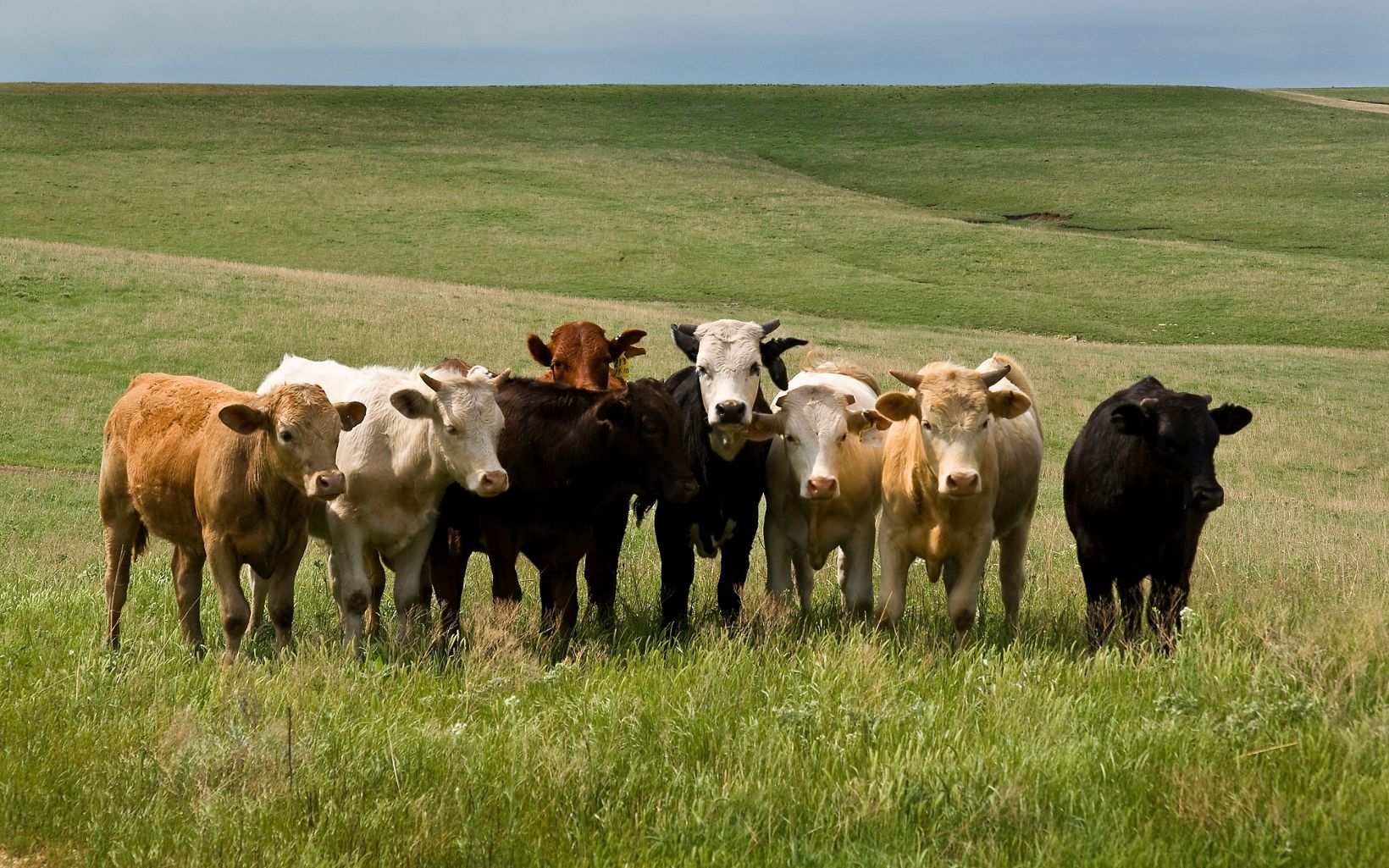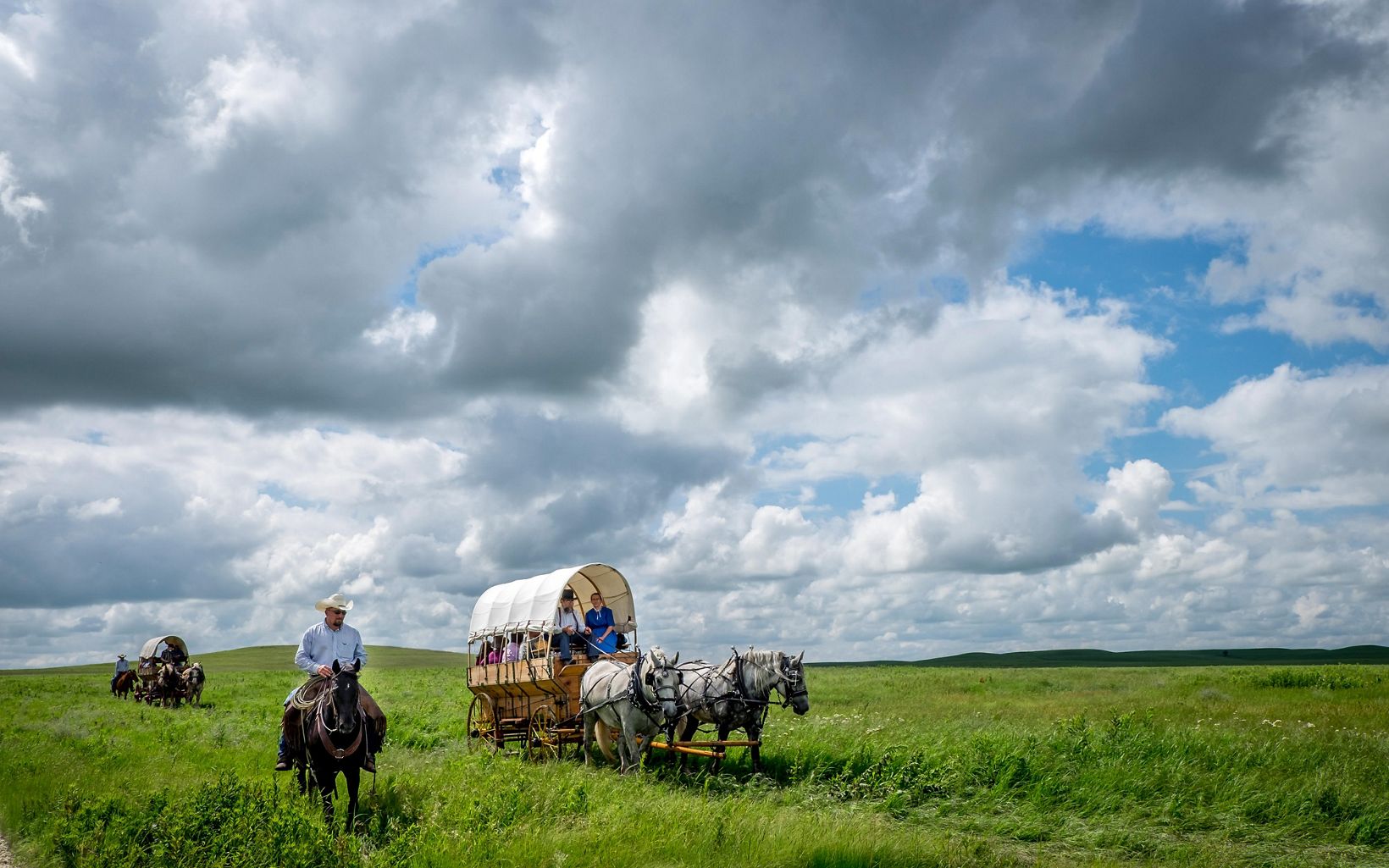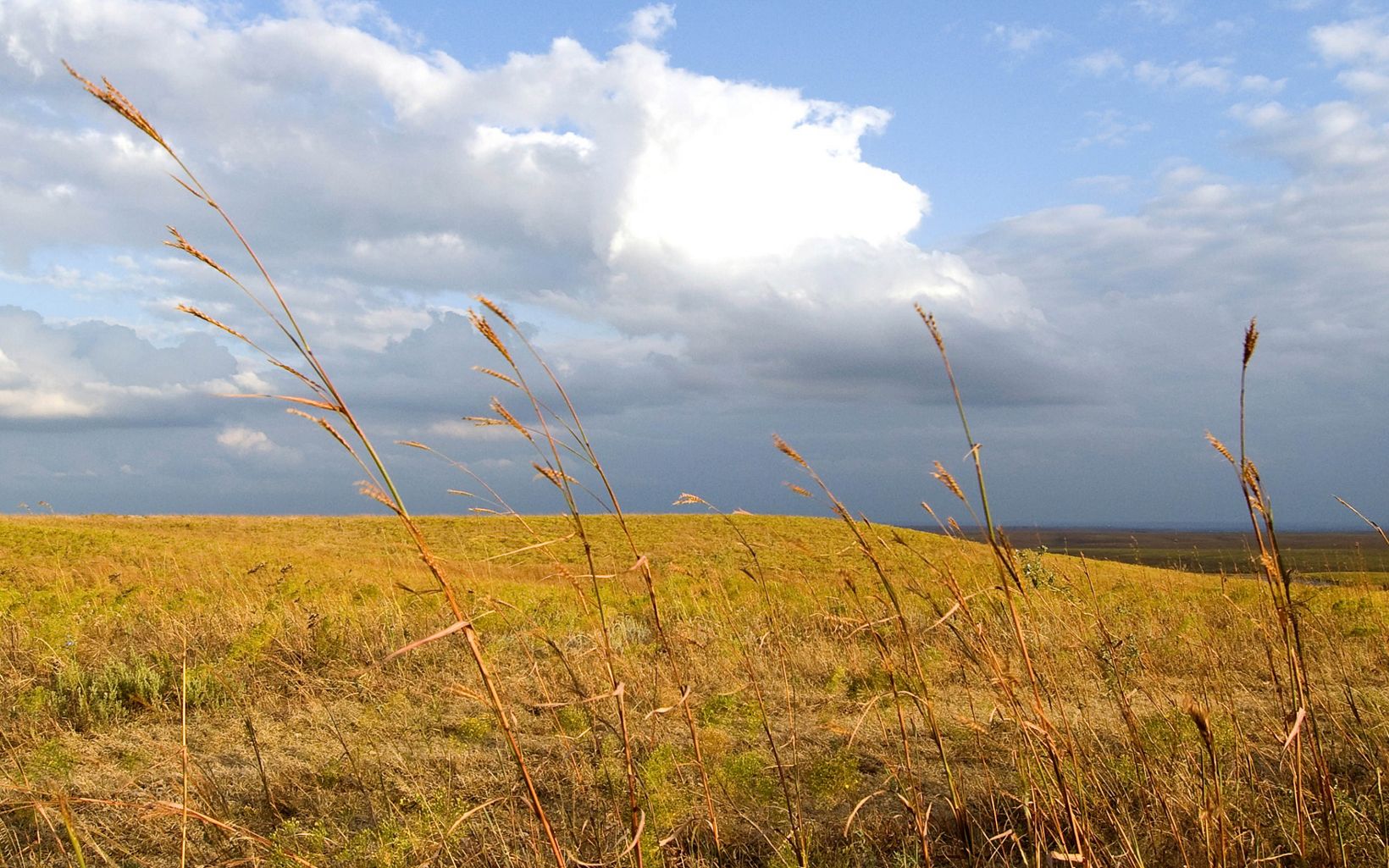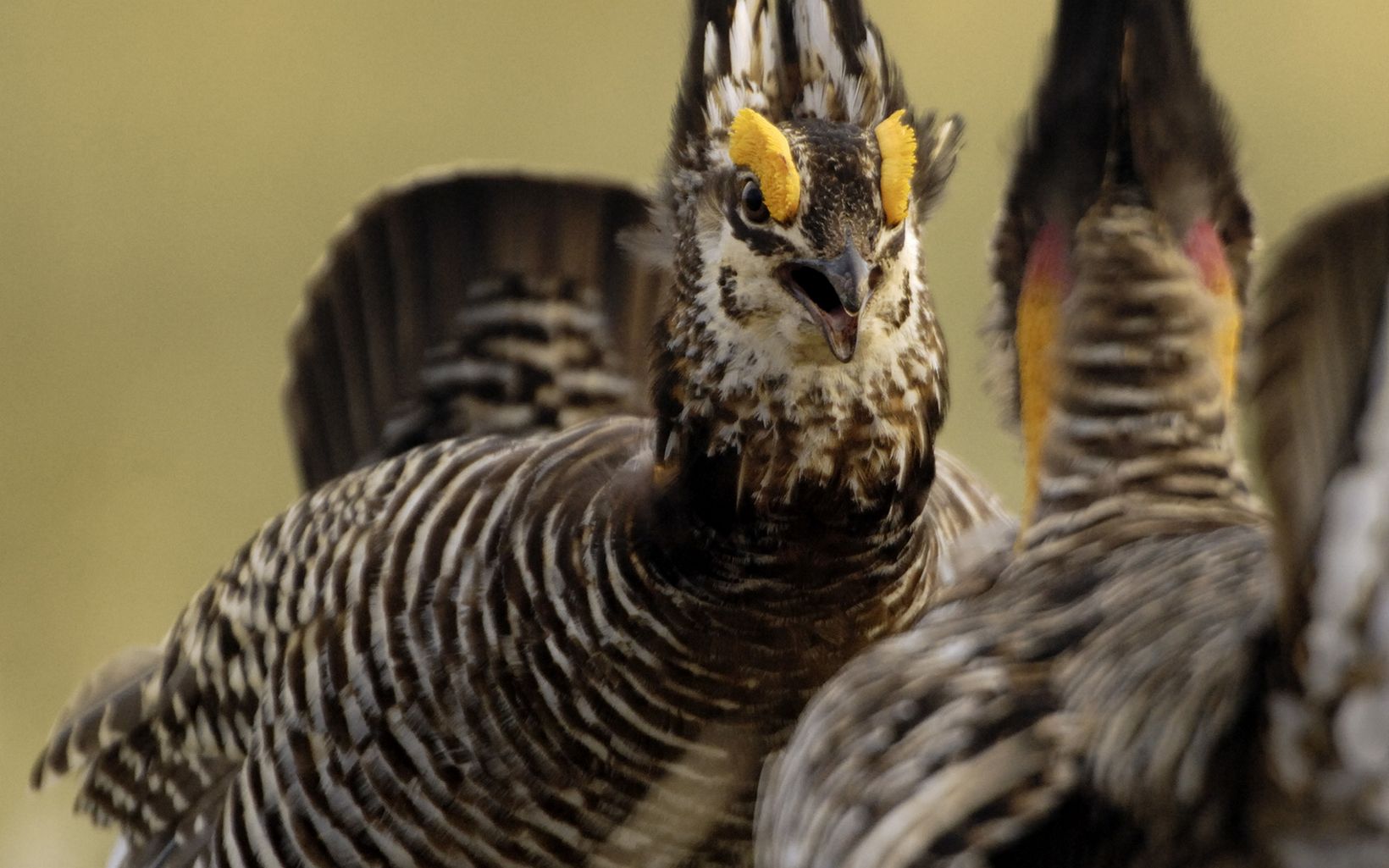Description
Tallgrass Prairie National Preserve is located in the heart of the Flint Hills—the largest expanse of tallgrass prairie left in the world. It is the only unit of the National Park Service (NPS) that is dedicated to the rich natural history of the tallgrass prairie.
In 1996, Congress authorized the Tallgrass Prairie National Preserve, creating a unique model of private/public ownership that was called "a model for the nation" by Kansas Senator Nancy Kassebaum Baker. The authorizing legislation mandated that the majority of the preserve must be owned by a private entity—not the federal government. By 2004, the preserve’s private partner had run into financial difficulty, to the extent that it appeared portions of the land would be sold to satisfy debt and other liabilities. The Nature Conservancy came to the park's aid by purchasing the preserve and partnering with NPS to jointly manage this remnant of the tallgrass prairie ecosystem.
Tallgrass prairie is an incredibly diverse ecosystem. The preserve is home to more than 500 species of plants. Prominent grasses such as big bluestem, Indian grass, switchgrass, and little bluestem appear to dominate the plant community; however, they are far outnumbered by the diversity of herbaceous plants (wildflowers). Fauna ranges from large grazing animals like deer, bison and cattle to a multitude of insects, amphibians and reptiles and other animal life. Grasslands birds, like greater prairie-chicken (a type of grouse), which have lost much of its native habitat, are of particular interest.
